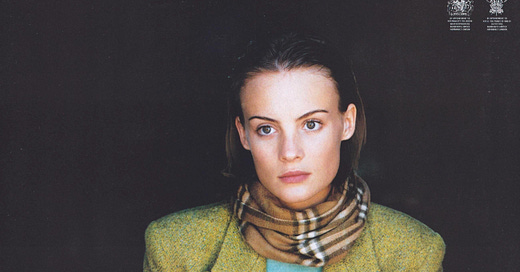I was at the Burberry show in London this past season. I noticed that London is BURSTING with the Check scarf but so is New York…and it’s kind of everywhere. I got inspired and waxed poetic about the piece.
The Burberry Check scarf is one of those pieces that I consider as having a “farmer’s market effect.” Have you ever had a nig…





